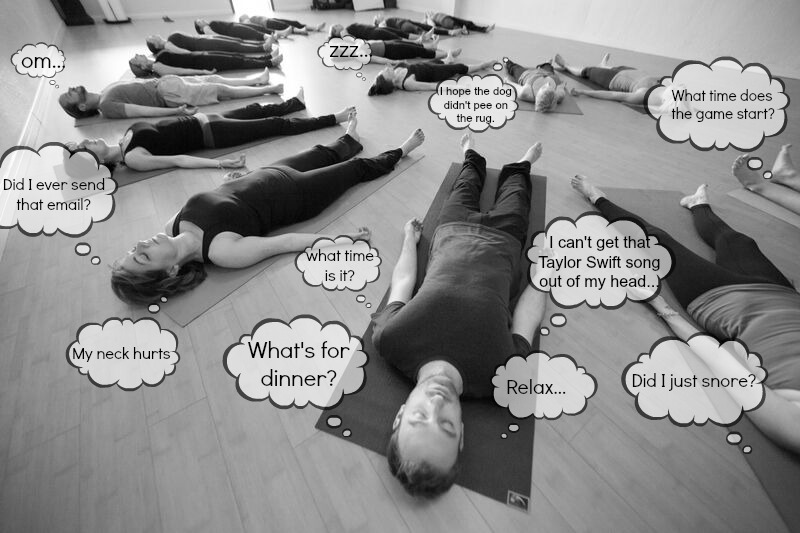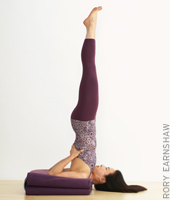You are
pregnant. This is the best time to decide how you
want to feed your baby. What you decide depends on your feelings about yourself
and what your partner feels.
Breast milk is the perfect food for your baby. It is all
your baby needs for the first six months of life. The act of breastfeeding will
help your baby learn to love, trust and play. It is good for your baby to have
skin contact with you, to look into your eyes and to cuddle.
Breast milk gives your baby what his body needs to help
fight disease (antibodies). You will give your baby natural “protection” from
disease simply by breastfeeding.
You may get a lot of advice about breastfeeding from friends
or relatives. Not everyone agrees that breastfeeding is best. You may feel
confused. What should you do? Now is the time to learn the facts about
breastfeeding and the risks associated with infant formula. Then you can decide
what is best for
you, and for your baby.
Breastfeeding Is Best for Babies
Deciding to Breastfeed: Here are some reasons why your milk
is best for your baby.
Perfect first food
Breast milk was made to meet babies’ first needs. It is
easier for babies to digest than infant formulas (or breast milk substitutes).
Babies who are breastfed usually have less colic, burping, upset stomach,
constipation, and diarrhea than babies who are fed with formula.
Protection from disease, infection, and allergy
Breast milk protects babies against disease and infection.
Food allergies may be less common in babies who have only breast milk for the
first 6 months. Breastfed babies have less breathing problems, diarrhea,
vomiting, ear infections, juvenile diabetes and childhood cancers.
Baby decides how much to drink
Babies are breastfeed when they are hungry and stop when
they are full. They decide how much milk to have. Babies who are fed with formula
can be coaxed to take a little more. They may drink more formula than they
need.
Good mouth development
A mother’s nipple fits the shape of a baby’s mouth. Babies
who breastfeed usually have good jaw development, and their face muscles are
strong.
Comforts and makes babies happy
Babies have a natural need to suck. Breastfeeding helps meet
that need.
Close bond between mother and baby
Breastfeeding is more than a way to feed your baby. It
creates a bond between you and your baby. Your warmth and the closeness of your
body help to make your baby feel safe and loved.
Breast milk supplies all of your baby’s food needs during
the first 6 months of life. This is the time of most rapid growth during life.
Your healthy baby does not need any other foods during this time. That means no
food or other drink except vitamin D supplement. Feeding solid foods too early
could reduce your milk supply and increase the baby’s risk of allergies.
Common Myths and Concerns about Breastfeeding
A myth is a belief that is not based on fact. New mothers
and fathers have many common breastfeeding questions. We try to answer some of
them here. If you still have questions, talk to a public health nurse, public
health nutritionist, or someone who offers breastfeeding support in your town
or city.
Will I be able to breastfeed? If you WANT to breastfeed your
baby, your milk will arrive and your baby will breastfeed. There are some
medical problems that prevent some women from breastfeeding. Examples are a
mother who is addicted to drugs or alcohol, is having treatment for cancer, or
is infected with HIV. A breast reduction may also decrease milk supply.
Are my breasts too small? The size of a mother’s breasts
does not matter. Big or small, they can produce all the milk your baby needs.
You need to start to breastfeed your baby very soon after birth. The more often
you breastfeed, the more milk there will be.
Are my nipples the right shape? The shape of your nipples is
not likely to be a problem. Your baby’s sucking will make the nipple and the
dark skin around it (areola) softer as you breastfeed. Your baby will do most
of the work if your nipple needs to be different from its normal shape.
Will breastfeeding make my breasts sag? This is one of the
myths about breastfeeding. The hormones of pregnancy, not breastfeeding, affect
the breasts and may make them sag. A good support bra will help. You can expect
your breasts to return to their normal (or almost normal size) when you stop
breastfeeding.
Does breastfeeding take a lot of time? Some people say that
breastfeeding “ties you down.” In fact, many women like the fact that
breastfeeding gives them more freedom than formula feeding! All new mothers are
limited by feedings, the baby’s demands and being tired. The first few weeks
with a baby are filled with change and joy. This is true for all new mothers!
Do I need to eat special food? No. All you need to do is eat
healthy food and drink enough fluids. When you eat well, using Canada’s Food
Guide as your guide, your body will be healthy and you will be able to nourish
your baby.
What about smoking and breastfeeding? When you are pregnant,
you should stop smoking. After your baby is born, the harmful effects of
smoking get passed along to your baby in breast milk. Heavy smoking (more than
20 cigarettes a day), may make your baby feel like throwing up (nausea), throw
up (vomit), have stomach cramps, and the runs (diarrhea). Smoking will also
decrease the amount of milk you produce. The smoke from your cigarettes will
increases your baby’s risk of ear infections, colds and Sudden Infant Death
Syndrome (SIDS). But, if you do smoke, it is still better to breastfeed than to
feed your baby formula. You should know that your baby is more likely to be a
smoker when he grows up, if you or your partner smoke.
Will breastfeeding keep me from getting pregnant?
Breastfeeding is not an effective method of birth control unless you follow all
the steps of the LAM method. See
LAM (Lactational Amenorrhea Method). Although
you may not have a menstrual period while you are breastfeeding, you could
become pregnant. You must use some form of birth control (contraception) if you
do not wish to be pregnant. Birth control pills can decrease the amount of milk
you produce. Talk with your doctor or public health nurse about the kind of
birth control to use while you are breastfeeding. If you decide to use birth
control pills, watch for the signs of less milk, such as smaller breast size,
or more demand from your baby (outside of growth spurts).
Will my partner be left out? No. At first, when you and your
baby are building the milk supply, there are many things he can do to help you.
He can also build a close relationship with your baby.
What about my other children? Older children will wonder
about breastfeeding if they haven’t seen it before. They may want to talk to
you and be near you while you are breastfeeding. Make a snack for them and have
them sit next to you to eat it. Suggest that they bring you a book to read or
that they do something quiet nearby. Give them special toys at this time. Talk
to them about what is happening while you feed. If older children feel left out
or jealous this is normal. Make sure they know that you love them and they are
important to you. If your children are old enough, they can help to care for
the new baby. Teach them to hold or burp the baby. Ask your child to sing while
you change the baby’s diaper and to pass you things you need. They could answer
the telephone when you are breastfeeding. If your older children have a good
experience now, they may decide to breastfeed your grandchildren!
What about going back to work? In New Brunswick many mothers
have maternity leave for 4 to 6 months, or longer. On the other hand, women who
go to school, have a casual job, or are self-employed may not have paid leave.
They may need to return to school or work within the baby’s first month of
life. If you must go back to work or school, you can still breastfeed with help
from your partner, sitter, relative or friend. For more information about
pumping and storing breast milk, talk to your health care provider.


















